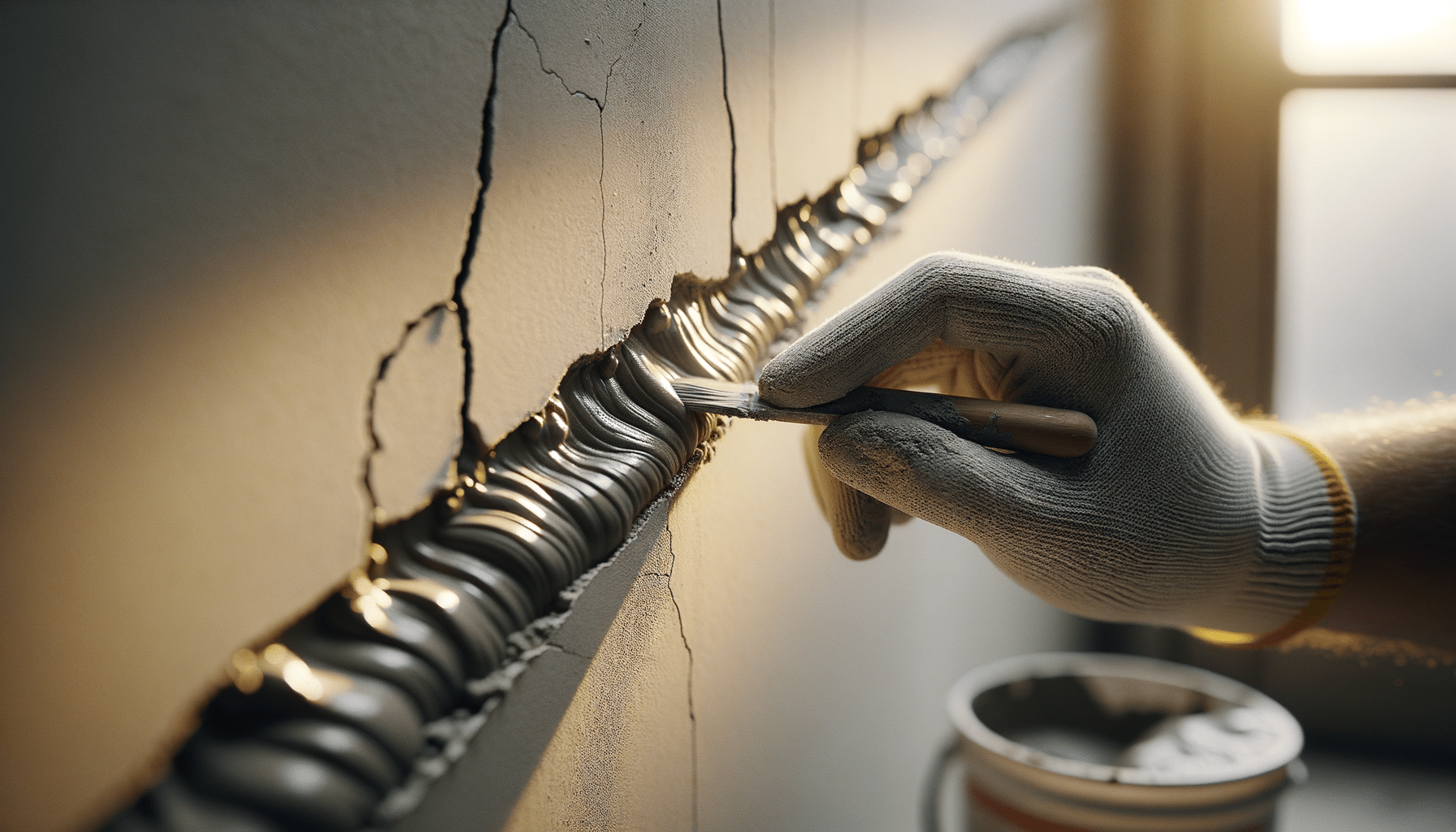
Learn About Gutter Cleaning
The Importance of Gutter Cleaning
Gutter cleaning is an essential home maintenance task that often goes overlooked. Gutters play a crucial role in directing rainwater away from your home, preventing a range of issues such as water damage, foundation problems, and even pest infestations. When gutters become clogged with leaves, dirt, and debris, they can no longer effectively channel water. This can lead to overflow, which may damage your home’s exterior and landscape. Moreover, stagnant water can become a breeding ground for mosquitoes and other pests. Regular gutter cleaning helps maintain the integrity of your home and ensures a healthier living environment.
In addition to protecting your home, gutter cleaning can also extend the lifespan of your roofing system. Water that overflows from blocked gutters can seep under shingles, causing them to deteriorate prematurely. By keeping your gutters clean, you reduce the risk of costly repairs and replacements. Homeowners should consider gutter cleaning a vital part of their annual maintenance routine, ideally performed at least twice a year in spring and fall.
The benefits of routine gutter cleaning are numerous, including:
- Preventing water damage to the home’s foundation and walls
- Reducing the risk of roof leaks and damage
- Decreasing the likelihood of pest infestations
- Protecting landscaping from water erosion
Ultimately, the effort invested in gutter cleaning can save homeowners significant time, money, and stress in the long run.
Tools and Equipment for Effective Gutter Cleaning
To ensure a thorough cleaning, it’s important to have the right tools and equipment. One of the most essential items is a sturdy ladder, ideally one with a stabilizer to keep it secure against the house. Safety should always be a priority, so wearing gloves and protective eyewear is recommended to guard against debris and sharp objects.
A gutter scoop or small trowel can be used to remove leaves and debris, while a garden hose with a spray nozzle will help flush out any remaining dirt. For a more thorough clean, consider using a power washer, but be cautious not to damage the gutters with excessive pressure. There are also specialized gutter cleaning tools available, such as telescopic poles with attachments for reaching high or difficult areas.
Additionally, many homeowners find leaf blowers with gutter cleaning attachments to be highly effective. These tools can quickly clear out loose debris, although they may not be suitable for heavy, wet clogs. It’s also wise to have a bucket or tarp on hand to collect debris and prevent it from falling into the yard below.
In summary, the right tools make gutter cleaning more efficient and less labor-intensive. Consider investing in:
- A sturdy ladder with a stabilizer
- Gloves and protective eyewear
- A gutter scoop or trowel
- A garden hose with a spray nozzle
- Optional: power washer or leaf blower with attachments
With the appropriate equipment, gutter cleaning becomes a manageable task that homeowners can tackle with confidence.
DIY vs. Professional Gutter Cleaning
When it comes to gutter cleaning, homeowners have the option to do it themselves or hire professionals. Each approach has its own set of advantages and considerations. DIY gutter cleaning is often more cost-effective, as it eliminates labor fees. It also allows homeowners to clean on their own schedule and address specific concerns immediately.
However, DIY cleaning can be time-consuming and physically demanding. It requires climbing ladders and handling potentially heavy or awkward equipment, which may not be suitable for everyone. Additionally, without experience, there’s a risk of damaging the gutters or missing critical areas that need attention.
Professional gutter cleaning services, on the other hand, offer expertise and efficiency. Trained technicians have the experience and tools necessary to clean gutters thoroughly and safely. They can also identify potential issues such as leaks, loose brackets, or improper sloping. While hiring professionals involves an additional expense, it often provides peace of mind and saves time.
Ultimately, the choice between DIY and professional gutter cleaning depends on factors such as budget, personal capability, and the complexity of the gutter system. For those who prefer a hands-off approach or have challenging gutter configurations, professional services may be the preferred option.
Preventative Measures to Reduce Gutter Blockage
While regular cleaning is essential, there are preventative measures homeowners can take to minimize gutter blockage. One effective strategy is the installation of gutter guards or covers, which help keep debris out while allowing water to flow through. These guards come in various designs, including mesh screens, foam inserts, and surface-tension covers.
Another preventative measure is to regularly trim trees and shrubs near the house to reduce the amount of leaves and twigs that fall into the gutters. Additionally, ensuring that gutters are properly sloped and secured can help prevent water pooling and blockages.
Homeowners should also inspect their gutters periodically for signs of damage or wear, such as rust, cracks, or loose brackets. Addressing these issues promptly can prevent more significant problems down the line. It’s also a good idea to check the downspouts for clogs and ensure they direct water away from the foundation.
Incorporating these preventative measures can significantly reduce the frequency and intensity of gutter cleaning, making maintenance more manageable and protecting the home from potential damage.
Signs That Your Gutters Need Immediate Attention
Recognizing the signs that gutters need immediate attention can prevent minor issues from becoming major problems. One of the most obvious indicators is water spilling over the sides of the gutters during rainstorms, suggesting a blockage. Additionally, if you notice sagging gutters or visible gaps between the gutters and the fascia, it’s time to take action.
Another sign of trouble is water stains or damage on the exterior walls of your home, which may indicate that water is not being properly channeled away. If the ground near the foundation is consistently damp or eroded, it could be due to faulty gutters.
Inside the home, musty odors or visible mold growth may be a sign of water infiltration due to overflowing gutters. Finally, if you observe an increase in pests around your home, such as mosquitoes, birds, or rodents, it could be related to stagnant water in clogged gutters.
Addressing these signs promptly can prevent further damage and ensure your gutters function effectively. Regular inspections and maintenance are key to avoiding costly repairs and preserving the integrity of your home.


